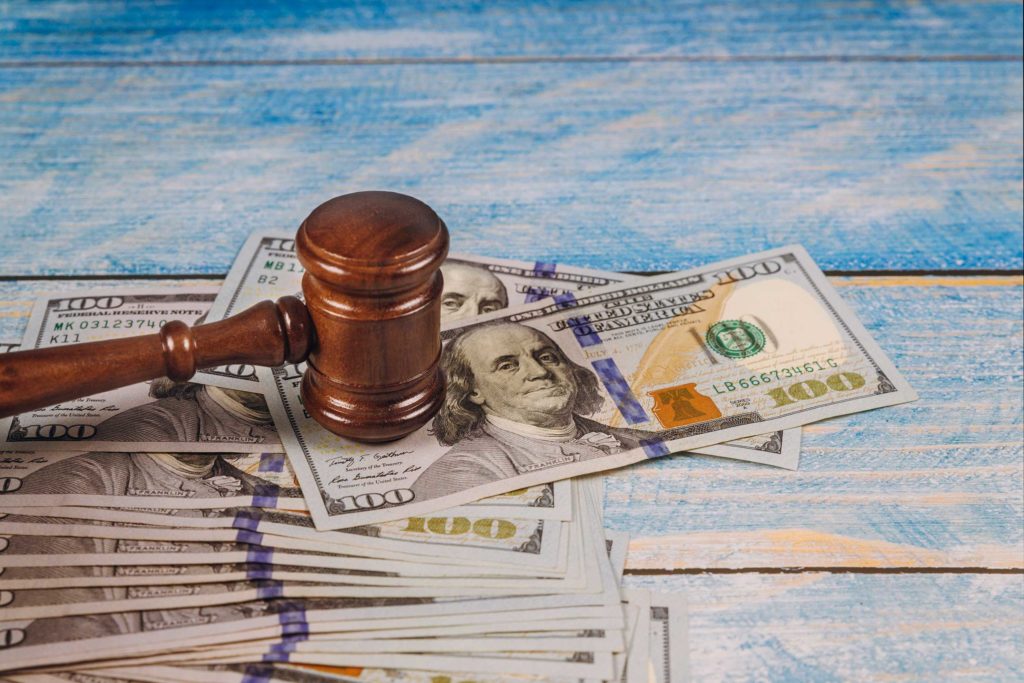Bankruptcy is the legal process for individuals and businesses who are unable to pay their debt. A judge or court will examine your or your businesses assets and assess them against your liability. There are different types of bankruptcy that can help with managing unresolved unsecured debt, wage garnishment and tax debt.
Is Bankruptcy Bad?
In short, yes. You should take great consideration when it comes to declaring bankruptcy because it has a number of negative effects. Bankruptcy greatly effects your credit and can make it incredibly difficult to be approved for any type of credit in the future therefore this action should be considered only as a last resort for resolving tax debt that is insurmountable.
What are the Types of Bankruptcy?
There are two types of bankruptcy that are common for resolving tax debt, Chapter 7 and Chapter 13. Other types of bankruptcy can help as well. Below is a short outline of each type of bankruptcy.
Chapter 7
Nonexempt assets are liquidated and the debt is resolved unless the qualifications ruled by the judge/court aren’t met in which case, the tax debt must be repaid. For this type, recent tax debt, that under 3 years is not considered and can’t be discharged.
Chapter 11
This is for business, if this type is approved businesses are allowed to reorganize their financing to aid them in repaying the debt.
Chapter 12
This applies to farmers and fishermen and allows them to reorganize finances in order to pay off debt.
Chapter 13
For this one assets don’t have to be liquidated but instead the debtors income should cover it. This type of Bankruptcy may allow all of your tax debt to be forgiven but usually it just allows you to go on a payment plan.

